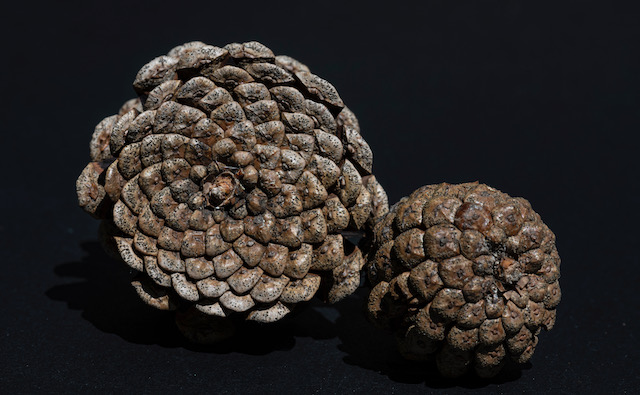
Fractals are structures that are neither two-dimensional nor three-dimensional, but are instead some fractional value in between. In mathematics, fractals emerge as beautiful patterns that repeat themselves infinitely, generating what is seemingly impossible: a structure that has a finite area, but an infinite perimeter.
This might sound impossible to visualize, but fractals actually occur frequently in nature. If you look closely at the florets of a cauliflower or the branches of a fern, you’ll see that they’re both made up of the same basic shape repeating itself over and over again, but at smaller and smaller scales. That’s a key characteristic of fractals. Cristiane de Morais Smith, “Can Consciousness Be Explained by Quantum Physics? New Research” at Singularity Hub (July 25, 2021)
George Dvorsky2/20/13 1:16pmFiled to: SUPERLIST

The famous Fibonacci sequence has captivated mathematicians, artists, designers, and scientists for centuries. Also known as the Golden Ratio, its ubiquity and astounding functionality in nature suggests its importance as a fundamental characteristic of the Universe.
The Fibonacci sequence starts like this: 0, 1, 1, 2, 3, 5, 8, 13, 21, 34, 55 and so on forever. Each number is the sum of the two numbers that precede it. It’s a simple pattern, but it appears to be a kind of built-in numbering system to the cosmos.
Discovering beautiful patterning in our garden daily – in pine cones, bark of trees, flower petals, leaves climbing the branches of our pear tree, ferns uncoiling, for example, – underscores and highlights ORDER as a fundamental characteristic of our Cosmos. This is inspiring and more than thrilling!

Recent Comments